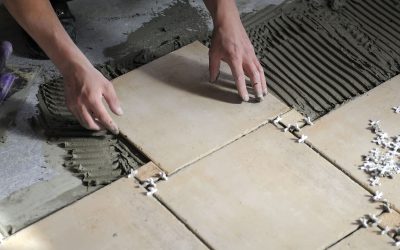Radon gas is an invisible, colorless, and odorless gas that is naturally present in the air, water, and soil. It is radioactive, so when the levels become too high it becomes dangerous to our health. It can enter your home through the water supply or through other means. Since it takes longer to break down indoors, it becomes particularly concentrated inside buildings. A short-term radon test can help you detect when you should take action against radon.
How Does It Work?
A test kit bought from a hardware store can show you the radon levels in your home. It won’t be as accurate as a long term test, but it will give you an idea of the levels of radon in your home and whether or not you should do something about them.
Why use a Test?
Radon levels can fluctuate widely over time. Even after your home has been mitigated or a radon system installed, they can still rise again over time. Sometimes they can be affected by natural weather conditions. A short-term radon test can give you an idea of these fluctuations and whether the levels have risen to a dangerous level.
When to Take Further Action
If your test shows consistent levels of 4 or higher, this is deemed as a dangerous amount of radon and is a sign you should contact a specialist to perform radon mitigation or install a radon system. The fluctuations of the home tester could put you off taking this step, but failure to do so could result in dangerously high amounts of radon, so it is always wise to be cautious.
There is no need to worry further about radon gas if you use a short-term test to tell you when to order radon mitigation. Use it as a guide, and you can keep the radon levels in your home at a consistently safe level.








